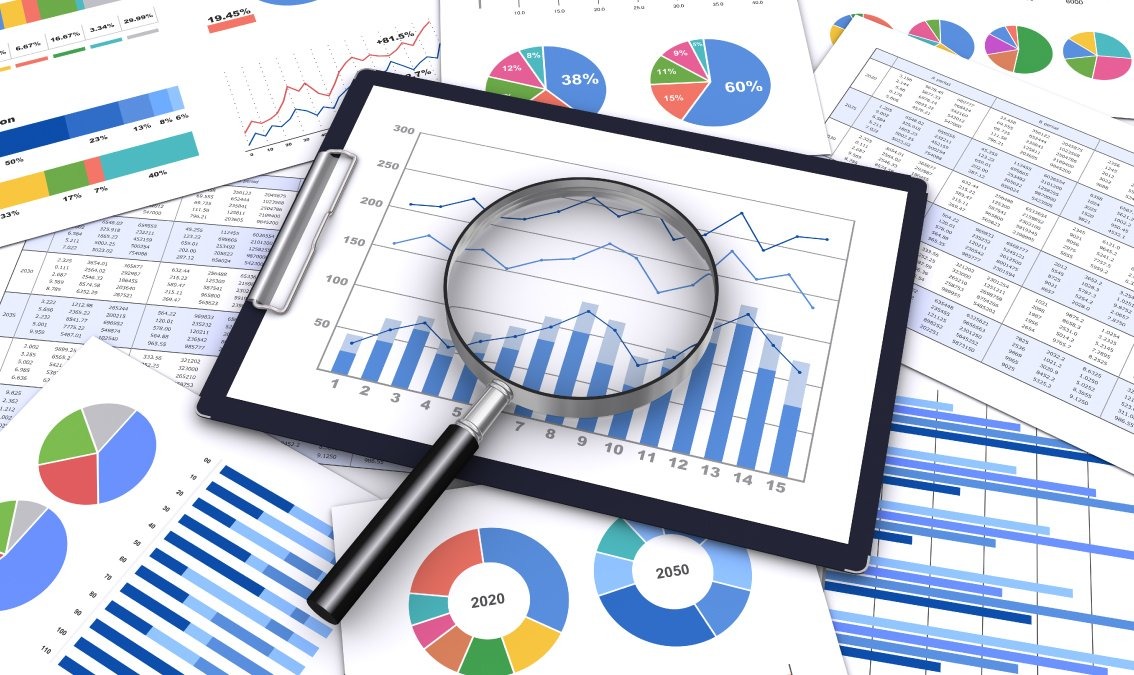Pricing is more than assigning a number to your product or service; it’s a strategic decision that influences customer behavior, brand perception, and overall market positioning. Understanding the Sales ask Price significance of pricing sets the stage for transformative business outcomes.
Types of Price Asks
There isn’t a one-size-fits-all approach to pricing. Different scenarios call for different types of Sales ask Price. Whether it’s cost-plus pricing, value-based pricing, or dynamic pricing, each has its unique advantages and considerations.
Setting the Right Price Ask
Market Research
Before determining your price ask, extensive market research is essential. This involves analyzing competitors, understanding customer expectations, and identifying trends that could impact pricing decisions.
Competitor Analysis
Knowing what your competitors are charging for similar products or services provides valuable insights. It helps you position your offering competitively while avoiding the pitfalls of overpricing or underpricing.
Value Proposition
A successful price ask aligns with the value you provide to customers. Clearly articulating your value proposition ensures that customers perceive your offering as worth the price.
Implementing Price Strategies
Penetration Pricing
For businesses entering a new market, penetration pricing can be a game-changer. It involves setting a lower initial price to gain a foothold and attract customers quickly.
Skimming Pricing
On the flip side, skimming pricing targets early adopters willing to pay a premium for a novel product or service. This strategy capitalizes on exclusivity and perceived high value.
Psychological Pricing
The psychology behind pricing is fascinating. Odd pricing (e.g., $9.99) and tiered pricing structures can influence consumer behavior. Understanding these nuances is crucial for success.
Technology’s Role in Pricing
Price Optimization Tools
In the digital age, technology provides sophisticated tools for price optimization. These tools analyze data, predict market trends, and recommend optimal pricing strategies.
AI and Machine Learning
Artificial Intelligence and machine learning take price optimization to the next level. These technologies adapt in real-time, ensuring that your pricing strategy remains agile and responsive to market changes.
Adapting to Market Changes
Monitoring Trends
The business landscape is ever-evolving. Regularly monitoring market trends allows you to adapt your pricing strategy to align with changing consumer preferences and economic shifts.
Flexibility in Pricing
A rigid pricing structure can be detrimental. Building flexibility into your pricing strategy allows for quick adjustments in response to unforeseen circumstances or competitive pressures.
Customer Perception and Price
Creating Value Perception
Customers are willing to pay more when they perceive value. Communicating the unique benefits of your product or service enhances this perception, justifying a higher price ask.
Building Customer Trust
Transparency in pricing builds trust. Hidden fees or unexpected charges can erode customer confidence. Establishing trust contributes to long-term customer relationships.



